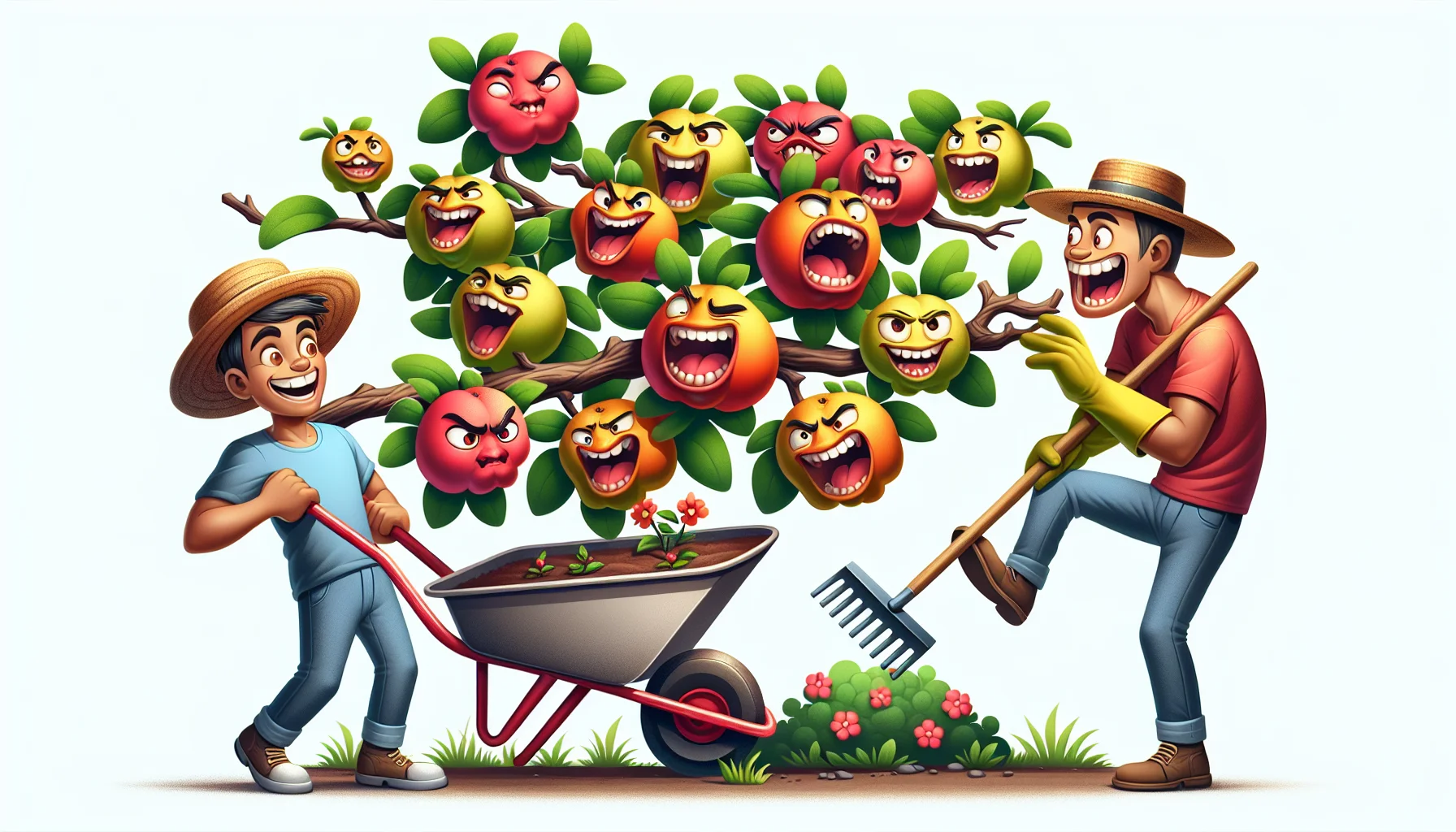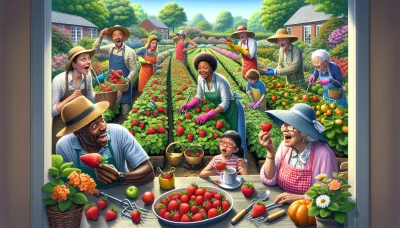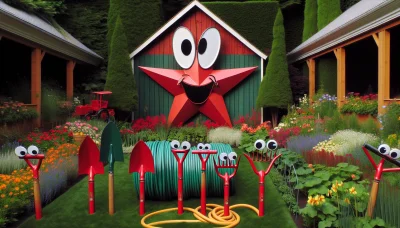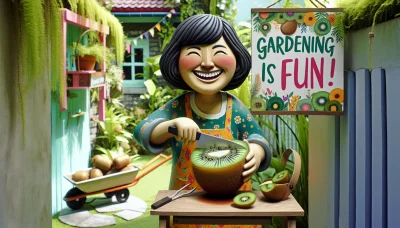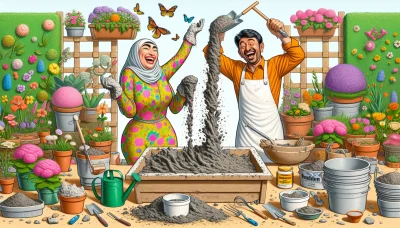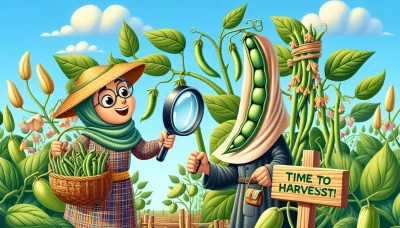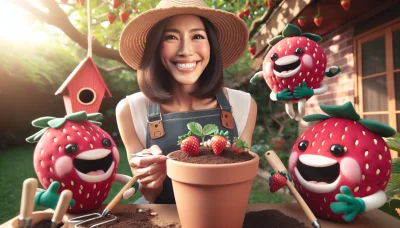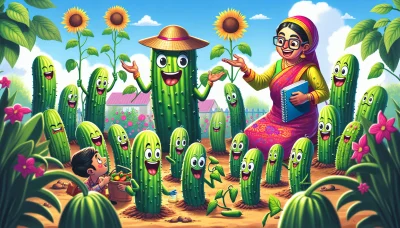Flowering quince fruit Quiz
Test Your Knowledge
Question of
Introduction to Flowering Quince Fruit
The Flowering Quince fruit, scientifically known as Chaenomeles speciosa , is a deciduous shrub that belongs to the Rosaceae family. It is renowned for its vibrant blossom in spring and its fragrant, pear-shaped fruit that matures in autumn. Despite its hard, sour taste when raw, the fruit becomes sweet and aromatic when cooked, making it a popular ingredient in jams, jellies, and other culinary creations. The flowering quince stands out not only for its edible fruit but also for its ornamental value, adding a splash of color to gardens and landscapes.
The History and Origin of Flowering Quince
The flowering quince, known scientifically as Chaenomeles speciosa, is a species native to Eastern Asia, particularly in areas like China, Korea, and Japan. Its history is rich and spans several centuries, making it a plant of significant cultural and historical importance. The flowering quince has been cultivated for its ornamental beauty, medicinal properties, and its fruit, which can be used in various culinary applications. In China, it has been grown for over a thousand years, not only for its vibrant blossoms but also for its symbolic meanings of good fortune, prosperity, and protection. Similarly, in Japan, the flowering quince, or 'Karume', is celebrated in traditional art and festivals, symbolizing resilience and rebirth. Its introduction to the Western world occurred in the early 18th century, where it quickly gained popularity in European gardens for its striking flowers and hardiness. Over the years, the flowering quince has continued to captivate people around the globe, embodying beauty and endurance across different cultures.
Cultivation Tips for Flowering Quince
- Choose the Right Location: Flowering quince thrives in a sunny to partially shaded spot. Ensure the location gets at least 6 hours of sunlight daily.
- Soil Requirements: This plant prefers well-draining soil with a slightly acidic to neutral pH. Amend heavy clay soils with compost to improve drainage.
- Planting Time: The best time to plant flowering quince is in the early spring or fall when the weather is cooler.
- Watering: Keep the soil consistently moist, especially during the first growing season to establish an extensive root system. Once established, flowering quince is quite drought-tolerant.
- Fertilizing: Apply a balanced, slow-release fertilizer in early spring to support healthy growth and flowering.
- Pruning: Prune flowering quince immediately after it finishes blooming to shape the plant and remove any dead or diseased branches. This will also help to encourage more flowers the following season.
- Climate Preferences: Flowering quince is hardy in USDA zones 4 through 9, making it suitable for a wide range of climates. However, it does best in areas with mild winters and summers.
- Mulching: Apply a layer of mulch around the base of the plant to retain soil moisture, regulate soil temperature, and reduce weed growth.
- Pest and Disease Management: While generally disease-resistant, keep an eye out for common pests such as aphids and fungal diseases. Treat with appropriate organic or chemical controls as necessary.
- Propagation: Flowering quince can be propagated by cuttings or layering in late spring or early summer, offering a way to multiply your beautiful plants.
Benefits and Uses of Flowering Quince Fruit
The flowering quince fruit, with its vibrant bloom and piquant flavor, offers a plethora of benefits and uses, spanning culinary delights to medicinal remedies. Culinary-wise, the fruit is a versatile ingredient, often used to create jams, jellies, and marmalades, thanks to its high pectin content. It imparts a unique tartness to dishes and can be baked, poached, or stewed to enhance its sweetness, making it a favored addition in desserts and savory dishes alike. In various cuisines, it finds its place in pies, tarts, and even as a spiced accompaniment to meats.
Medicinally, the flowering quince fruit has been valued in traditional medicine for its health-promoting properties. It is believed to aid in digestion, reduce inflammation, and boost the immune system. The fruit is rich in vitamins and antioxidants, which contribute to its health benefits, including the promotion of skin health and the reduction of free radical damage. Its use in traditional medicine spans various cultures, where it has been utilized to treat a range of ailments, demonstrating the fruit's revered status in both the culinary and medicinal worlds.
Common Varieties of Flowering Quince
| Variety | Characteristics | Fruit Color | Size |
|---|---|---|---|
| Toyo-Nishiki | Multi-colored flowers, including pink, white, and red on the same branch | Green to yellow | 4-5 feet |
| Jet Trail | White flowering, dense growth habit | Green | 3-4 feet |
| Texas Scarlet | Bright red flowers, compact growth | Green to yellow | 4 feet |
| Orange Storm | Double orange flowers, vigorous growth | Yellow | 4-5 feet |
| Pink Lady | Pink flowers, upright growth | Green | 5-6 feet |
Pests and Diseases Affecting Flowering Quince
- Fire Blight : A bacterial disease characterized by sudden wilting and blackening of blossoms, fruit, and branches. Control measures include pruning infected parts well below the damage and applying appropriate bactericides.
- Quince Rust : Caused by a fungus, it leads to swollen, orange spots on the fruit and premature leaf drop. Control involves removing galls from junipers (alternate host) and applying fungicides.
- Scale Insects : Small, immobile insects covered with a shell-like protection that feed on sap, weakening the plant. Control measures include scraping off the scales or using horticultural oil or insecticides.
- Aphids : Small, green, or black insects that cluster on new growth and under leaves, sucking plant sap and causing leaf distortion. Control can be achieved with strong water sprays, natural predators, or insecticides.
- Leaf Spot : Fungal diseases that cause brown or black spots on leaves, leading to premature leaf drop. Improving air circulation and applying fungicides can help manage this issue.
Harvesting and Storing Flowering Quince Fruit
To ensure the freshness and flavor of flowering quince fruit, it's essential to harvest and store them properly. The best time to harvest flowering quince is when the fruits are fully colored but still firm. Gently twist the fruit off the branch to avoid damaging the plant. For storing, place the quince in a cool, dry place if you plan to use them within a few weeks. For longer storage, refrigerate the fruits in a plastic bag with some holes for air circulation, which can help maintain their quality for a couple of months. Remember to check periodically for any signs of spoilage and use them promptly to enjoy their unique taste and nutritional benefits.
